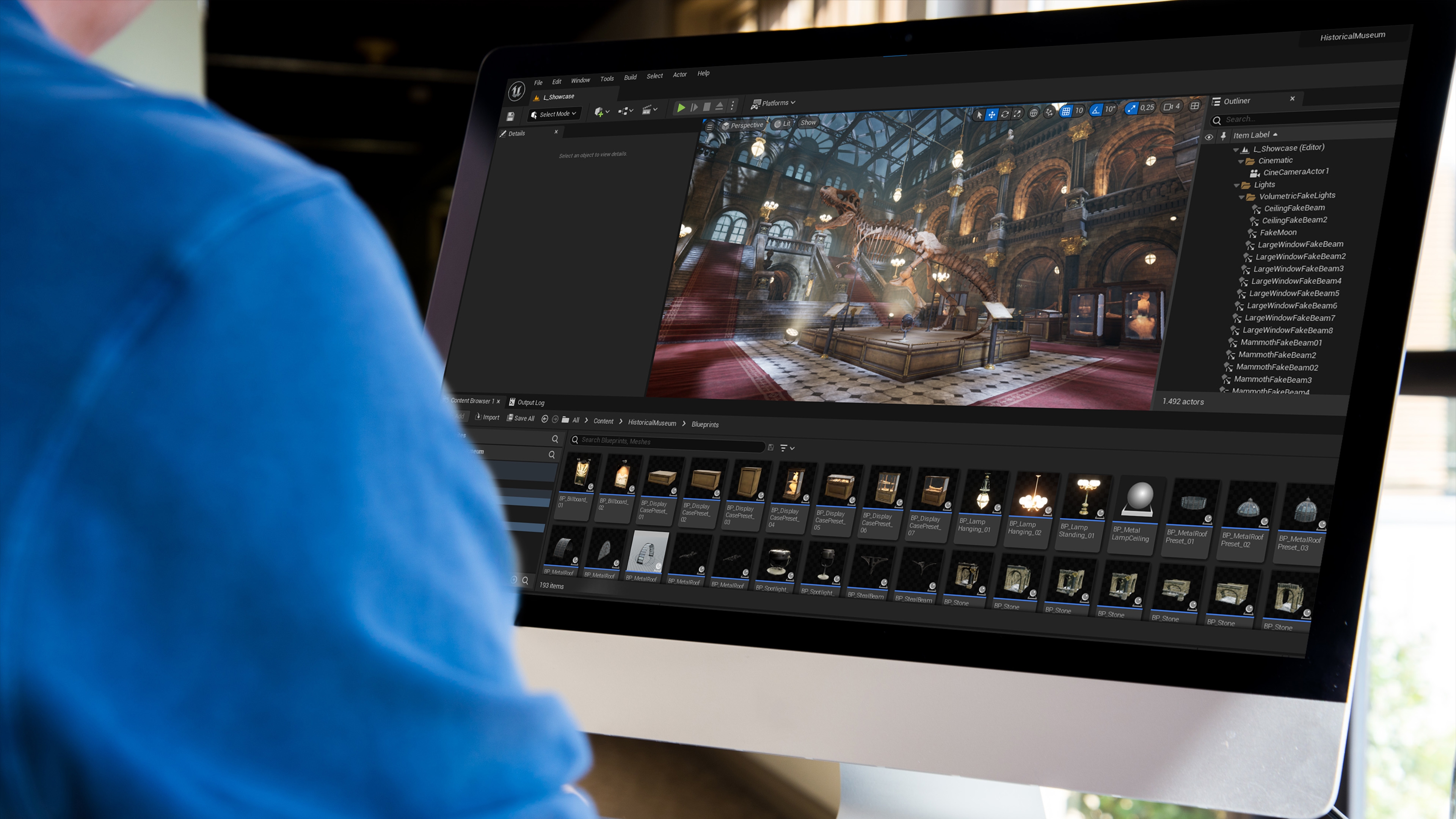
Published: April 14th, 2023
Author: Leartes Studios
10 Tips for Improving Performance in Unreal Engine
“Unreal Engine is a powerful tool for game development, but creating high-quality, visually stunning games requires a lot of computing power. As your project grows, you may find that your game's performance starts to suffer. Fortunately, there are many ways to optimize your game's performance in Unreal Engine, from optimizing your assets to tweaking your settings. In this blog post, we'll share 10 tips for improving performance in Unreal Engine. Whether you're a beginner or an experienced developer, these tips will help you create faster, smoother, and more responsive games. So let's dive in! ”
- Profile Your Game: Before you start optimizing, it's important to understand where your game's performance bottlenecks are. Use the built-in profiling tools in Unreal Engine to identify which parts of your game are causing the most strain on your CPU and GPU.
- Optimize Your Assets: High-quality assets can add a lot to your game's visuals, but they can also slow down performance. Use Unreal Engine's LOD system to reduce the number of polygons in your assets when they're far away from the player, and use textures with lower resolutions to reduce the GPU load.
- Use Culling Techniques: Culling is a technique that prevents objects that are not visible from being rendered, which can help reduce the number of draw calls and improve performance. Use techniques like occlusion culling, frustum culling, and distance culling to optimize your game's performance.
- Use Level Streaming: Level streaming is a technique that allows you to divide your game world into smaller, more manageable chunks. This can help reduce the amount of memory your game needs to load and can improve performance by only loading the necessary parts of the game world at any given time.
- Optimize Your Lighting: Lighting can have a significant impact on your game's performance. Use static lighting whenever possible, and use lightmaps to reduce the number of dynamic lights in your scene. You can also use light baking to precompute lighting and reduce the amount of real-time lighting needed.
- Use Post-Process Effects Sparingly: Post-process effects like bloom, motion blur, and depth of field can add a lot to your game's visuals, but they can also impact performance. Use them sparingly and only when necessary to avoid hurting your game's performance.
- Use Static Meshes for Simple Objects: Simple objects like walls, floors, and ceilings can be static meshes instead of dynamic ones. This can help reduce the number of draw calls and improve performance.
- Use Blueprints Efficiently: Blueprints can be a powerful tool in Unreal Engine, but they can also slow down performance if not used efficiently. Use blueprint nativization to convert frequently used blueprints to C++ code and optimize them for better performance.
- Use LODs for Particle Effects: Particle effects can be taxing on your GPU, especially when there are many of them on screen at once. Use LODs to reduce the number of particles that are rendered when they're far away from the player.
- Test Your Game on Different Hardware: Finally, make sure to test your game on different hardware configurations to ensure that it runs smoothly on a variety of machines. Use the scalability settings in Unreal Engine to adjust your game's graphics settings automatically based on the user's hardware.